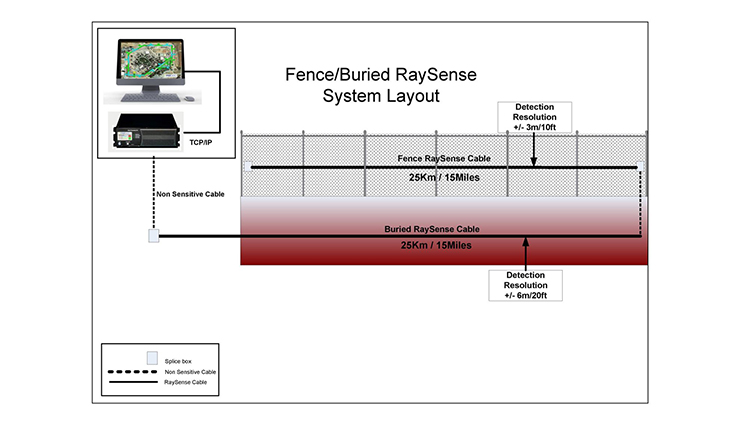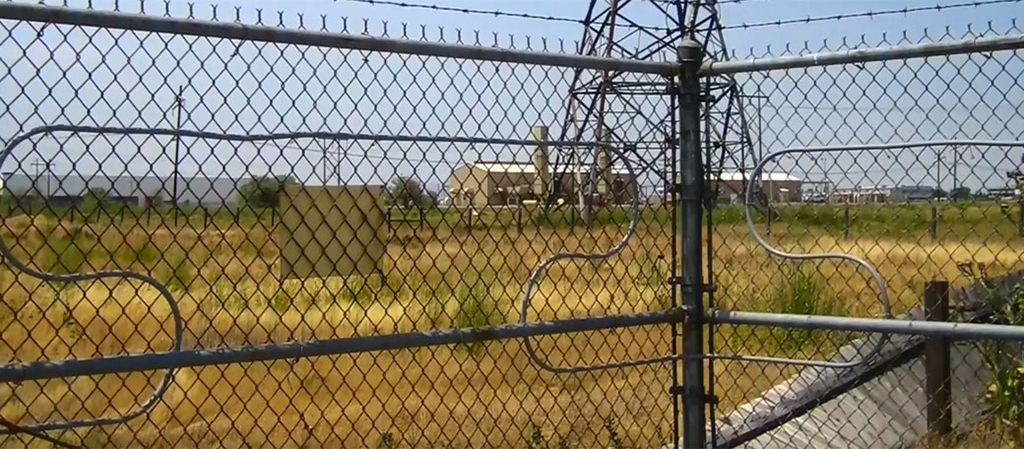Fiber Optic Security System: The Ultimate Solution for Your Property’s Protection Needs
Fiber Optic Security System: The Ultimate Solution for Your Property’s Protection Needs
Blog Article
The Ultimate Overview to Fiber Optic Protection Solutions for Your Service
In an age where safety problems are paramount for companies, understanding the intricacies of fiber optic technology can be transformative. This overview describes just how integrating fiber optic security systems not just boosts data protection yet likewise provides advantages like resistance to interference and real-time monitoring capacities. As organizations evaluate their security needs, it becomes vital to think about the installation process and the most current innovations in the area. What particular variables should be prioritized when selecting the appropriate system, and just how can services ensure they make one of the most informed selections?
Understanding Fiber Optic Technology

The core of a fiber optic cable television consists of a slim glass or plastic facility, bordered by a cladding layer that mirrors light back into the core. Single-mode fibers are made for long-distance transmission, while multi-mode fibers are ideal for much shorter distances, typically made use of within buildings.
Fiber optics are not just quicker but also much more protected than traditional wiring. Their fundamental resistance to electro-magnetic disturbance and the problem of using the signal without detection make them a favored selection for services focusing on data integrity and safety and security. As organizations significantly count on secure and effective communication systems, recognizing fiber optic innovation comes to be vital for educated decision-making.
Key Benefits of Fiber Optic Safety
When taking into consideration safety options for a company, the advantages of fiber optic systems are especially engaging. Most importantly, fiber optic technology supplies exceptional data transmission speeds and data transfer ability, making it optimal for managing high-resolution video clip feeds from surveillance electronic cameras. This capability makes sure that safety employees get real-time information, enhancing general feedback times to potential safety hazards.
Additionally, fiber optic cable televisions are naturally resistant to electromagnetic interference, which can jeopardize the stability of traditional copper-based systems. This resistance makes sure that the information sent remains safe and undisturbed, supplying a much more trusted security framework. Additionally, optical fiber are much less vulnerable to physical damage, as they are made from glass as opposed to steel, lowering maintenance expenses and downtime.
One more considerable benefit is the boosted scalability of fiber optic systems. As company needs develop, fiber networks can be conveniently expanded to accommodate added security devices without substantial overhauls to the existing infrastructure. Fiber optic systems supply enhanced cybersecurity attributes, consisting of file encryption capacities that shield delicate information from unauthorized gain access to. Collectively, these benefits make fiber optic security systems a durable choice for organizations seeking to enhance their safety and read this post here security steps.
Installation Process and Considerations
Taking into consideration the complexities included, the installment process of fiber optic safety systems calls for mindful planning and execution. The initial action involves a comprehensive site analysis to recognize ideal locations for cabling and devices. This evaluation ought to consider ecological aspects, existing infrastructure, and possible susceptabilities.

In addition, the installment must abide by regional building ordinance and market standards. This may include collaborating with numerous stakeholders such as building supervisors, IT teams, and security personnel to make sure seamless integration with existing systems.
Post-installation, extensive testing is required to confirm system efficiency and recognize any type of issues that might develop. By focusing on these considerations throughout the installment procedure, services can guarantee a robust and efficient fiber optic protection system that satisfies their certain safety and security demands.
Latest Technologies in Fiber Optic Safety
Current advancements in fiber optic modern technology have substantially enhanced the capabilities of protection systems for organizations. One of one of the most significant advancements is the integration of fiber optic sensing units that can identify resonances and intrusions along the boundary of a center. These sensors give real-time monitoring, making it possible for rapid response to possible breaches.
Additionally, the growth of dispersed fiber optic picking up technology enables the continuous surveillance of large locations with a solitary fiber cable. This method not only lowers setup prices however additionally enhances the dependability of checking systems by eliminating the need for several, separate sensing units.
Moreover, developments in multiplexing techniques have enabled services to transmit large amounts of information over fiber optic networks, improving the capabilities of video clip surveillance systems. High-def video clip feeds can currently be sent over fars check out here away without loss of top quality, guaranteeing that protection employees have accessibility to clear and workable information.
Finally, making use of artificial intelligence (AI) combined with fiber optic systems is transforming danger detection. AI formulas can analyze information from fiber optic networks to recognize uncommon patterns or habits, permitting for aggressive safety and security actions. These advancements collectively represent a substantial jump ahead in fiber optic safety technology.
Picking the Right System for Your Organization
Choosing the suitable fiber optic safety system for your organization is crucial for making certain ideal defense and assurance. To make an informed option, examine your certain security requirements, thinking about elements such as the dimension of your properties, the nature of your procedures, and prospective vulnerabilities.
Begin by assessing the degree of safety and security called for; for example, high-risk environments may demand sophisticated systems with incorporated security and intrusion discovery capacities. Next off, go to my site take into consideration scalability; as your company expands, your safety and security system should can increasing to suit raised needs without considerable overhauls.
Furthermore, check out the reliability and performance of numerous systems. Search for service providers with well established online reputations and client reviews that attest to their solution high quality. It's likewise recommended to ask about the modern technology's compatibility with existing facilities, ensuring a smooth integration process.
Final Thought
In conclusion, fiber optic protection systems offer a durable service for boosting service safety and security facilities. The most recent innovations further reinforce the performance of these systems, ensuring that services stay protected and versatile in an ever-evolving danger landscape.
Report this page